Advertisements
Advertisements
प्रश्न
Prove that in a triangle, other than an equilateral triangle, angle opposite the longest side is greater than `2/3` of a right angle.
उत्तर
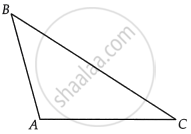
Consider: ΔABC in which BC is the longest side.
To prove: ∠A = `2/3` right angle
Proof: In ΔABC, BC > AB ...[Consider BC is the largest side]
⇒ ∠A > ∠C ...(i) [Angle opposite the longest side is greatest]
And BC > AC
⇒ ∠A > ∠B ...(ii) [Angle opposite the longest side is greatest]
On adding equation (i) and (ii), we get
2∠A > ∠B + ∠C
⇒ 2∠A + ∠A > ∠A + ∠B + ∠C ...[Adding ∠A both sides]
⇒ 3∠A > ∠A + ∠B + ∠C
⇒ 3∠A > 180° ...[Sum of all the angles of a triangle is 180°]
⇒ ∠A > `2/3 xx 90^circ`
i.e., ∠A > `2/3` of a right angle
Hence proved.
APPEARS IN
संबंधित प्रश्न
ABC is a triangle in which ∠A — 72°, the internal bisectors of angles B and C meet in O.
Find the magnitude of ∠BOC.
Compute the value of x in the following figure:
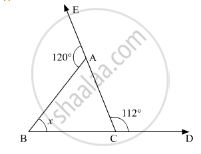
Is the following statement true and false :
A triangle can have two right angles.
Find, giving a reason, the unknown marked angles, in a triangle drawn below:
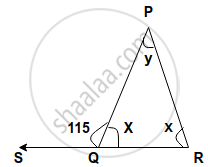
Classify the following triangle according to sides:
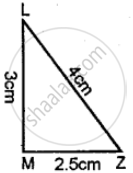
The length of the three segments is given for constructing a triangle. Say whether a triangle with these sides can be drawn. Give the reason for your answer.
7 cm, 24 cm, 25 cm
Can you draw a triangle with 25°, 65° and 80° as angles?
If an angle of a triangle is equal to the sum of the other two angles, find the type of the triangle
In figure, ∠BAC = 90° and AD ⊥ BC. The number of right triangles in the figure is ______.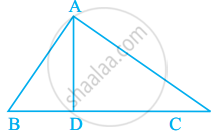
Can we have two acute angles whose sum is an obtuse angle? Why or why not?
